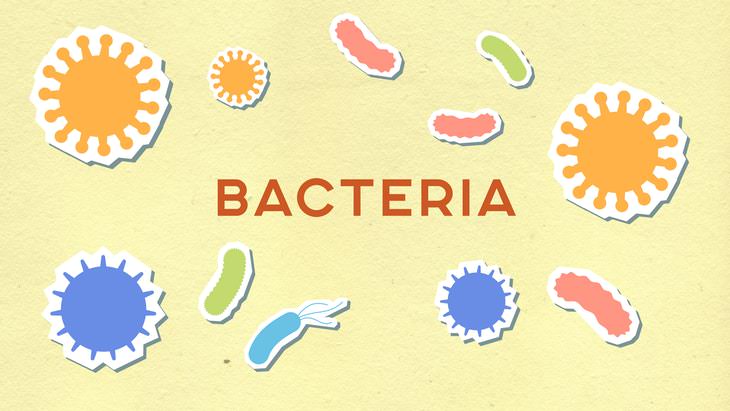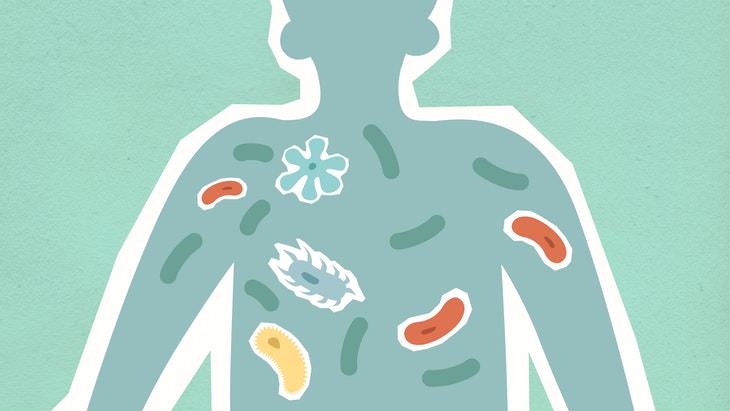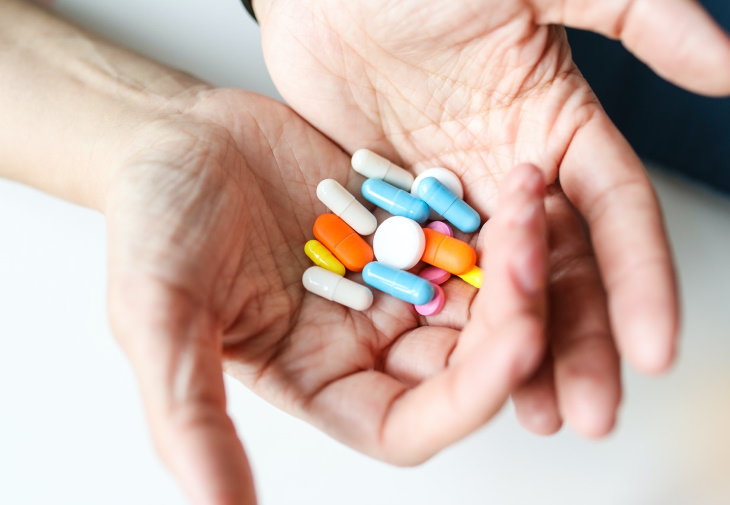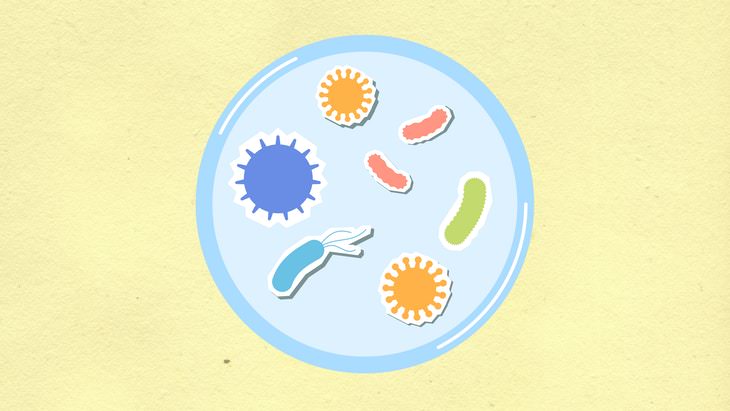

But not all infectious diseases are caused by bacteria. Other pathogens, such as viruses, fungi, and prions, to name a few, can also penetrate the immune system’s defenses and wreak havoc in the human body. Antibiotics will not fight these pathogens. As a side note, some antibiotics are used in these other types of infections because they can reduce inflammation, so don’t be surprised if you get prescribed an antibiotic even if you don't have a bacterial infection.
Antibiotics are available in various forms: pills, capsules, creams, and liquids. Most of these antibiotics are prescription-only, but some topical creams or ointments containing antibiotics are available for purchase over the counter.

Today, there are hundreds of antibiotics, and scientists keep developing new ones to fight antibiotic resistance every year. Some of these antibiotics, like our old acquaintance penicillin, work against a broad spectrum of diseases, whereas others have a more targeted use. Physicians typically favor narrow-spectrum to reduce the risk of antibiotic resistance.
Antibiotics are prescribed for all bacterial infections. Here are a few examples:
- Strep throat
- Sinus and ear infections
- Urinary tract infections
- Bacterial diarrhea
- Pneumonia
- Sepsis

The vast majority of antibiotics are derived from natural compounds made by fungi or bacteria. The very first antibiotic, penicillin, for example, was synthesized from mold growing on a petri dish. Microorganisms like the penicillin mold make compounds called secondary metabolites. Bacteria and fungi naturally produce them to defend themselves from the environment, and it’s an incredibly intricate and complex process.
In fact, these microscopic organisms are so good at producing antibiotic compounds that many labs use them to ferment and produce antibiotics to this day. For example, the antibiotic vancomycin that’s used to treat colitis and other serious infection is made by letting the bacterium Amycolatopsis orientalis ferment in controlled conditions and then isolating the antibacterial compound, further enhancing it in the lab.
Not all antibacterials are produced this way. The active compounds in antibiotics like sulfamethoxazole or ciprofloxacin, for example, are artificially produced through a series of chemical reactions.

Now that we know what antibiotics are and how they are made, we can finally understand how these powerful medications help us fight off potentially deadly bacterial infections. There are actually several ways in which antibiotics defeat a bacterial infection.
Certain antibiotics directly attack the bacterium and turn off its ability to renew its cell wall, essentially killing the pathogen. These cell walls are vital for protecting the bacterium against the harsh conditions inside the human body. Drugs like penicillin and vancomycin work this way. These antibiotics are known as bactericidal because they kill the bacteria.
Other antibiotics merely prevent the bacterium from multiplying by disabling the pathogen’s ability to replicate its DNA and RNA. Quinolones, a group of antibiotics that include ciprofloxacin (Cipro), work this way. Cipro is a common antibiotic used in pneumonia, skin infections, typhoid fever, infectious diarrhea, and many other types of infections.

Another example is antibiotics like tetracycline, a common acne medication, which prevents the bacterium from synthesizing new proteins. This in turn makes the bacteria unable to reproduce and carry out other vital activities. All of these antibiotics that work by sterilizing bacteria are known as bacteriostatic antibiotics.
Still, other antibacterials interfere with various parts and functions of the bacterial cells, and there are even such antibiotics that both kill bacteria and prevent them from spreading. The type of medication prescribed to a specific patient will depend on the extent and type of the bacterial infection.
Related Article: It’s Essential that We Debunk These Antibiotic Myths!

How quickly your body responds to the medication also depends on the type of infection. This is why some antibiotic treatment plans should be taken for weeks or even months, whereas others consist of a single dose. For instance, fosfomycin, a medication prescribed for some urinary tract infections, requires a single dose, whereas amoxicillin is typically prescribed for a week. Only a doctor will be able to determine the right treatment regimen for you.
It's very important to complete the full course of antibiotics, even if you begin to feel better beforehand. If you discontinue the medication too early, not enough bacteria could be eliminated from your body and the disease could come back, and with greater force.
Remember that antibiotics are only effective when you use them as directed. If you have any questions regarding the use of a specific antibiotic prescribed to you, consult your doctor or pharmacist. They will explain if you should take a specific antibiotic on an empty stomach or with food, which will help you prevent unpleasant side effects like nausea or an upset stomach.
Share this information with those who love learning about health!
H/T: Healthline, Live Science, Mental Floss, Insider